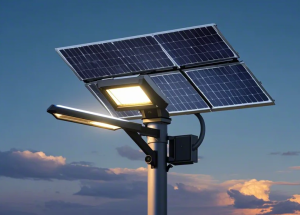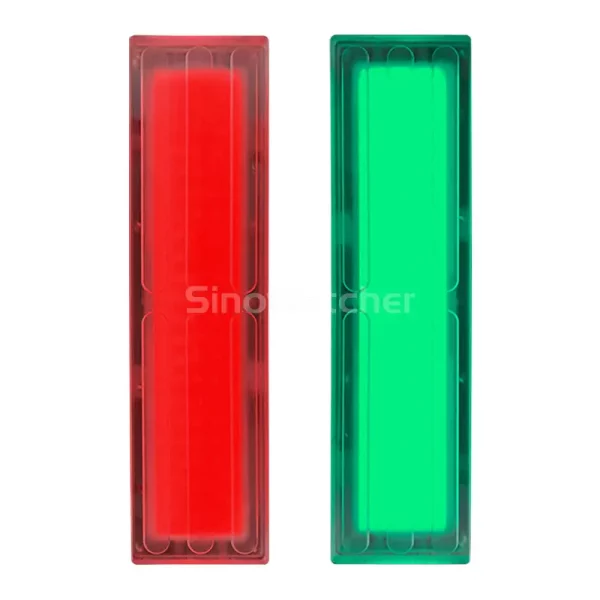Table of Contents
The Pros of a Semi-Integrated Solar Streetlight
The city of Haarlem is set to become the first in the world to utilize semi-integrated and integrated solar street lighting. According to the municipality, incorporating solar technology into street lighting will improve safety and energy efficiency while reducing carbon emissions. Additionally, the lights are said to be more environmentally friendly and affordable than traditional street lighting solutions.
There are several benefits to using integrated and semi-integrated solar streetlights in a city like Haarlem
These systems can be less expensive to maintain, operate, and install than traditional streetlights. They can automatically adjust their brightness based on the time of day or night. They also produce less waste than traditional streetlights, meaning there is less need for landfill space and fewer environmental consequences.
 1. They can be less expensive to maintain. Advanced technology lighting systems require fewer resources than traditional streetlights, which means that they can be more affordable to operate over the long term.
1. They can be less expensive to maintain. Advanced technology lighting systems require fewer resources than traditional streetlights, which means that they can be more affordable to operate over the long term.
2. They can be more environmentally friendly. Advanced technology lighting systems produce less waste than traditional streetlights, which means fewer environmental consequences.
3. They can dynamically adjust their brightness based on the time of day or night. This ensures that they are always visible and easy to see, even at night.
What is the difference between a Semi-Integrated and an Integrated Solar Streetlight?
Semi-Integrated and Integrated Solar Streetlights are different in their work. A semi-integrated solar streetlight is typically less powerful and designed for short-term applications like public areas or events. On the other hand, an Integrated Solar Streetlight is typically more powerful and designed to be a regular fixture in a city.
0









